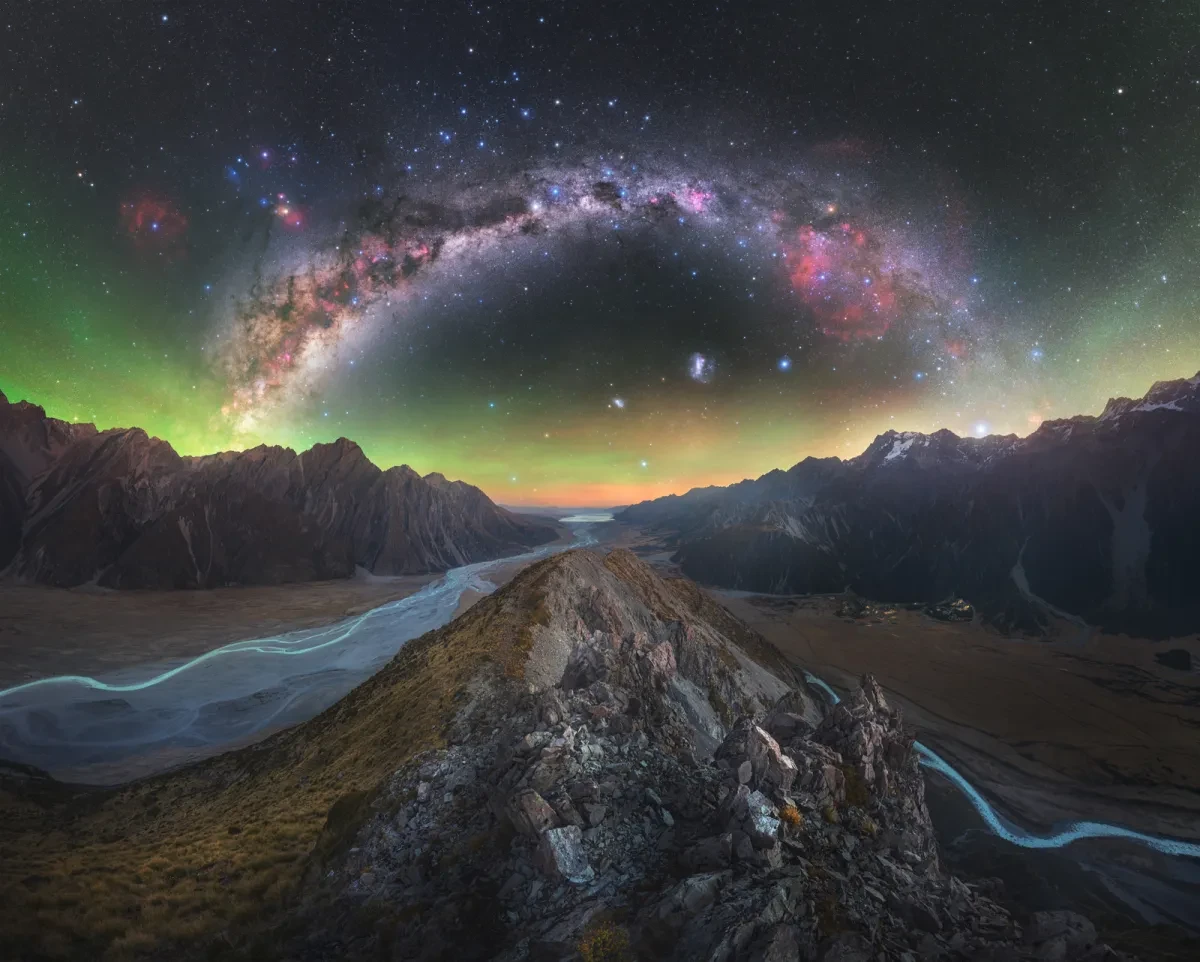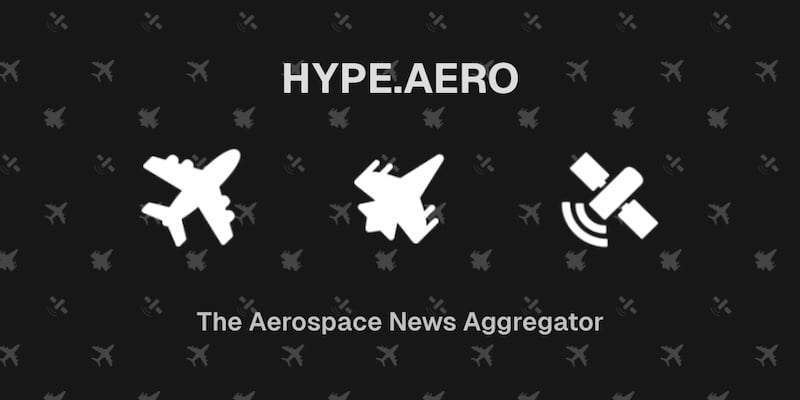https://www.ufofeed.com/151974/nasa-closes-doors-to-15000-employees-as-us-government-shutdown-begins/ NASA closes doors to 15,000 employees as US government shutdown begins #Astrobiology #Astrophysics #Cosmology #PlanetaryScience #Space #SpaceExploration
https://www.ufofeed.com/151974/nasa-closes-doors-to-15000-employees-as-us-government-shutdown-begins/ NASA closes doors to 15,000 employees as US government shutdown begins #Astrobiology #Astrophysics #Cosmology #PlanetaryScience #Space #SpaceExploration
This could be a random day in my life.
original source: https://www.tiktok.com/@carolineklidonas/video/7356729043934334251
@carolineklidonas SCI-FI SPACE MOVIE … without leaving my apartment 🚀🪐🍿 #scifimovie #scifi #interstellar
♬ original sound - Caroline Klidonas
This could be a random day in my life.
original source: https://www.tiktok.com/@carolineklidonas/video/7356729043934334251
@carolineklidonas SCI-FI SPACE MOVIE … without leaving my apartment 🚀🪐🍿 #scifimovie #scifi #interstellar
♬ original sound - Caroline Klidonas
If you need a blast of beauty (and who doesn't?) I highly recommend browsing the new Astronomy Photographer of the Year winners. They're spectacular -- and neither of these shots even made it to #1.
https://www.rmg.co.uk/whats-on/astronomy-photographer-year/galleries/overall-winners-2025 #space #science #nature #art #photography

!["During a routine time-lapse observation of the solar chromosphere [the thin, reddish layer of the Sun’s atmosphere above the visible surface], I captured a serendipitous moment when an aircraft crossed the field of view. Preserving this transient frame, I employed multiple blending modes to enhance the details of the solar background. Beyond stacking individual video frames, I processed the sequence, undertook colour inversion and synthesised 100 images through combined mean and minimum blending. This dual approach effectively accentuated both bright plages [active regions in the chromosphere] and dark laments through enhanced contrast.
"The composite image reveals the evolution of the Sun’s dynamic surface across a two-hour observational period, while the aircraft’s two-second transit remains frozen in time. This layered imaging rearranges time, blending celestial bodies and human technology in one photo."](https://files.mastodon.social/media_attachments/files/115/300/247/696/177/883/original/5e8200ff7583b911.webp)
If you need a blast of beauty (and who doesn't?) I highly recommend browsing the new Astronomy Photographer of the Year winners. They're spectacular -- and neither of these shots even made it to #1.
https://www.rmg.co.uk/whats-on/astronomy-photographer-year/galleries/overall-winners-2025 #space #science #nature #art #photography

!["During a routine time-lapse observation of the solar chromosphere [the thin, reddish layer of the Sun’s atmosphere above the visible surface], I captured a serendipitous moment when an aircraft crossed the field of view. Preserving this transient frame, I employed multiple blending modes to enhance the details of the solar background. Beyond stacking individual video frames, I processed the sequence, undertook colour inversion and synthesised 100 images through combined mean and minimum blending. This dual approach effectively accentuated both bright plages [active regions in the chromosphere] and dark laments through enhanced contrast.
"The composite image reveals the evolution of the Sun’s dynamic surface across a two-hour observational period, while the aircraft’s two-second transit remains frozen in time. This layered imaging rearranges time, blending celestial bodies and human technology in one photo."](https://files.mastodon.social/media_attachments/files/115/300/247/696/177/883/original/5e8200ff7583b911.webp)
Gregory Costa Cuautle: microlensing (a super useful, if terribly unsatisfying, technique for exoplanet detections). Measuring the center of light, not just the brightness, helps break degeneracies in planet size/distance from star and source vs. lens.
What about exomoons? Nancy Grace Roman Telescope should be able to find certain star-planet-moon configurations, but more simulations needed.
He's an undergrad! That was a great talk!
Astronomers stunned as fiery auroras blaze on a planet without a star
The James Webb Telescope has revealed fierce auroras, storms, and unchanging sand-like clouds on the rogue planet SIMP-0136. These insights are pushing the boundaries of our understanding of alien atmospheres and exoplanet weather.
https://www.sciencedaily.com/releases/2025/09/250929054927.htm #science
RE: https://mastodon.social/@ScienceScholar/115299393749851459
Never thought we'd see light from a rogue planet between the stars but the JWST is an amazing scientific instrument.
The gas giants enormous size gives it it's heat and light, I presume it's somewhat bigger than Jupiter but operating on the same deal.
You smell that? Complex chemistry, son. I love the smell of complex chemistry in the morning! Smells like science. 🧪
#enceladus #chemistry #astrochemistry #space #science #astrobiology #exobiologie #chimiques
You smell that? Complex chemistry, son. I love the smell of complex chemistry in the morning! Smells like science. 🧪
#enceladus #chemistry #astrochemistry #space #science #astrobiology #exobiologie #chimiques
#PPOD: This picture from the NASA/ESA/CSA James Webb Space Telescope features the gravitational lensing of the quasar known as RX J1131-1231, located roughly six billion light-years from Earth in the constellation Crater. It is considered one of the best lensed quasars discovered to date, as the foreground galaxy distorts the image of the background quasar into a bright arc, creating four images of the object. Credit: ESA/Webb, NASA & CSA, A. Nierenberg
Erika Le Bourdais has a beautiful explanation diagram. A record: 13 metals found in one white dwarf, can extract mass of metals. Would have been an asteroid at least 150-200km in size that got eaten by the white dwarf
RE: https://mastodon.social/@sundogplanets/115294536661527209
Truly amazing the details we can get out of Stars these days, not only confirming a planetoid hit this burned out old star but how big it was and what it was made of. All from light years away!
When an interstellar object passes close by, all eyes are on it!
#ESA is making its solar system mission look at the #comet 3I/ATLAS: first #ExoMars TGO and #MarsExpress when the comet passes close to Mars and then the #Juice, currently on its way to investigate the icy moons of Jupiter, during the comet's closest approach to the Sun, when we expect it to be most active.
China schedules late‑2025 high‑stakes tests for crewed Moon programme and reusable launchers
- By Andrew Jones
https://spacenews.com/china-set-for-high-stakes-moon-program-and-reusable-launch-tests-to-close-out-2025/
More: https://hype.aero/coverage/launch-vehicles-space-transportation/?story=380792b5-263a-404a-8265-b2c1b98d30fb #space
When an interstellar object passes close by, all eyes are on it!
#ESA is making its solar system mission look at the #comet 3I/ATLAS: first #ExoMars TGO and #MarsExpress when the comet passes close to Mars and then the #Juice, currently on its way to investigate the icy moons of Jupiter, during the comet's closest approach to the Sun, when we expect it to be most active.
China schedules late‑2025 high‑stakes tests for crewed Moon programme and reusable launchers
- By Andrew Jones
https://spacenews.com/china-set-for-high-stakes-moon-program-and-reusable-launch-tests-to-close-out-2025/
More: https://hype.aero/coverage/launch-vehicles-space-transportation/?story=380792b5-263a-404a-8265-b2c1b98d30fb #space
"I'll be over here, dreaming of the Stars while you can wallow in misanthropy and depression"
#PPOD: This picture from the NASA/ESA/CSA James Webb Space Telescope features the gravitational lensing of the quasar known as RX J1131-1231, located roughly six billion light-years from Earth in the constellation Crater. It is considered one of the best lensed quasars discovered to date, as the foreground galaxy distorts the image of the background quasar into a bright arc, creating four images of the object. Credit: ESA/Webb, NASA & CSA, A. Nierenberg





